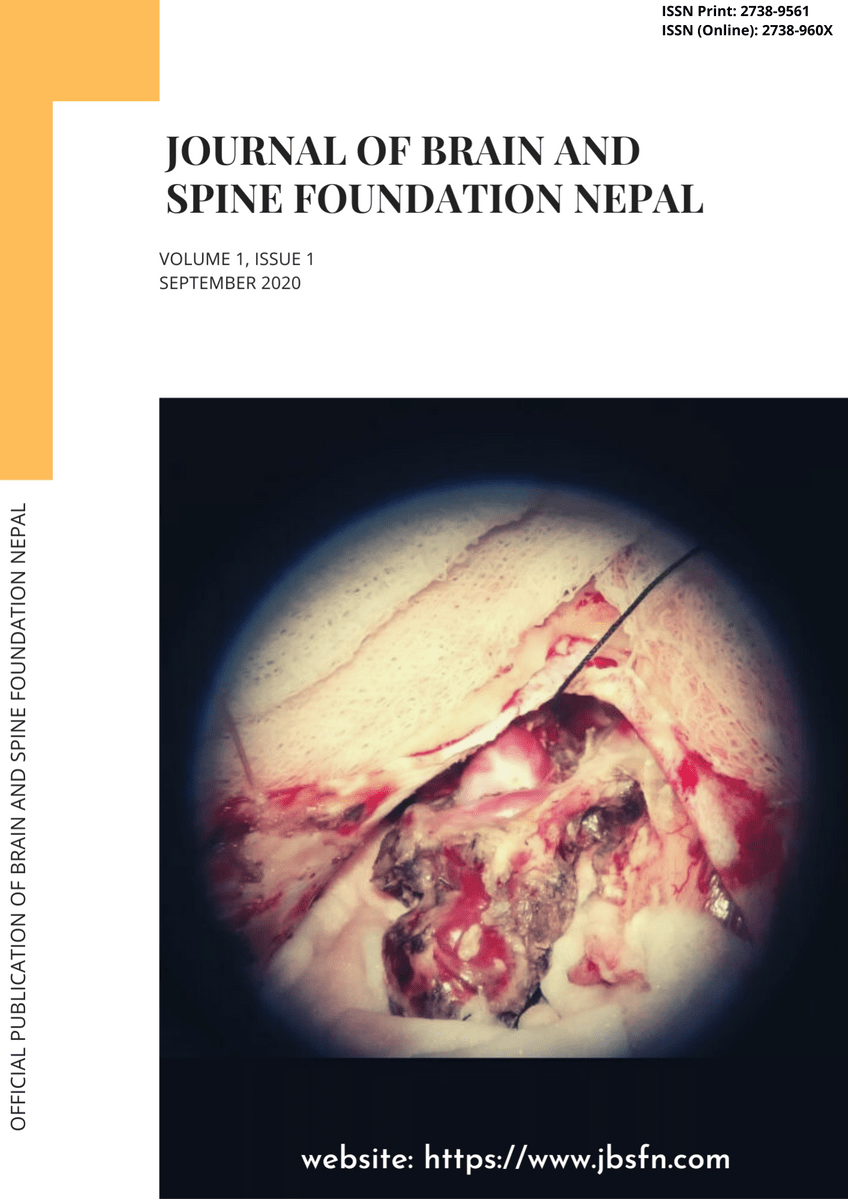Patient profile of patients attending to emergency department of a tertiary neurological and neurosurgical hospital of Nepal: One year experience
DOI:
https://doi.org/10.3126/jbsfn.v1i1.32226Keywords:
Emergency, Headache, Stroke, TraumaAbstract
Introduction: Neurological emergencies are life threatening conditions that arise frequently and have devastating results if not diagnosed and treated quickly with high rates of neurological mortality and morbidity. Being a tertiary neurological center, Upendra Devkota Memorial National Institute of Neurological and Allied Science is a major referral center for neurological diseases. The objective of this study is to assess the types and number of diseases that present to the emergency department of a tertiary neurological center.
Methods: This is a retrospective study conducted in emergency department of national neurosurgical/neurological referral hospital in Kathmandu, from Oct 2018 to Sept 2019. Clinico-epidemiological details of the patients were noted.
Results: The total number of patients presenting to the emergency in one year period were 2995. 58.33% were males and 41.67% were females with male to female ratio of 1:1.4. Majority of the patients (24.91%) were above 60 years of age. Trauma (26.08%) was the major admissions followed by stroke (25.71%) and headache (11.79%). The majority of trauma were road traffic accident (43.02%) followed by fall injury (29.83%) and physical assault (18.96%). Out of the stroke cases, 51.68% were ischemic followed by hemorrhagic stroke 44.55% and transient ischemic attack (3.77%). One thousand eight hundred and ten people were admitted.
Conclusion: The study presents an overview of the patients presenting as neurological emergency. It helps to better plan and devise resources and system in a neurosurgical emergency.

